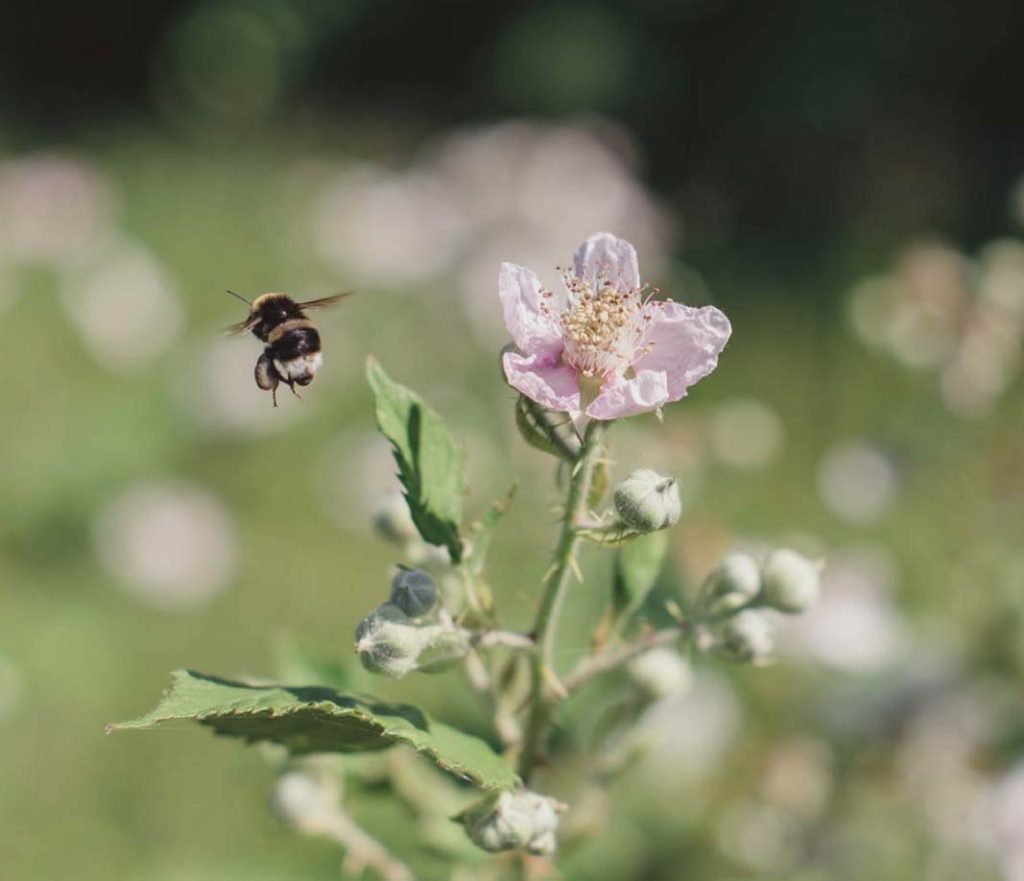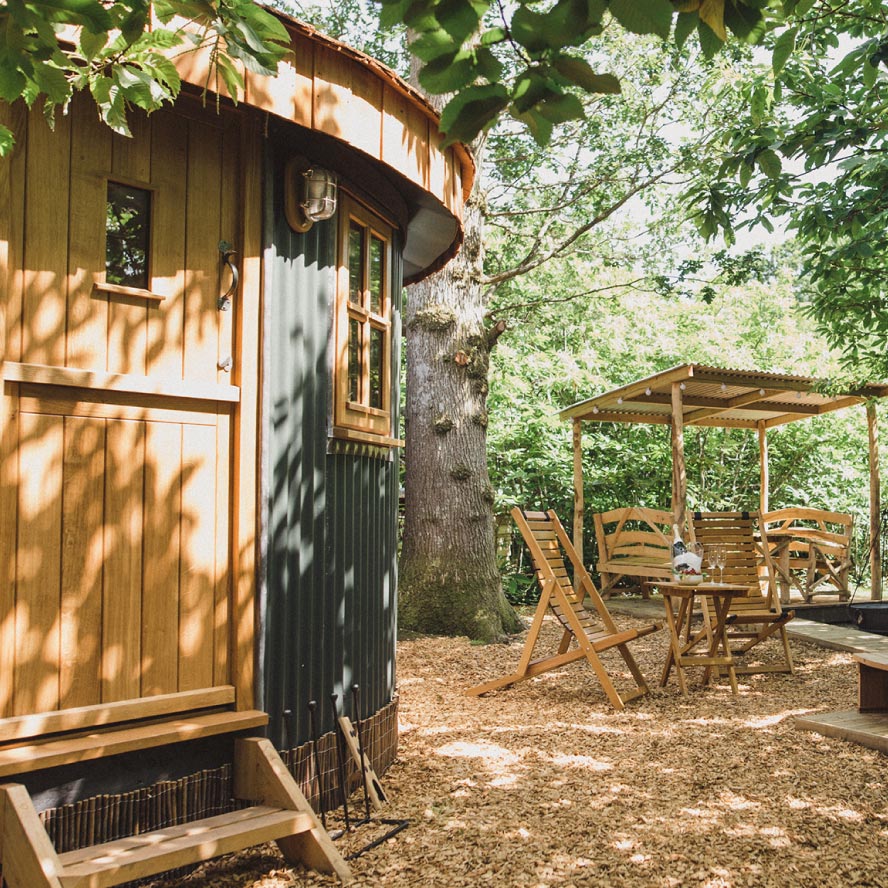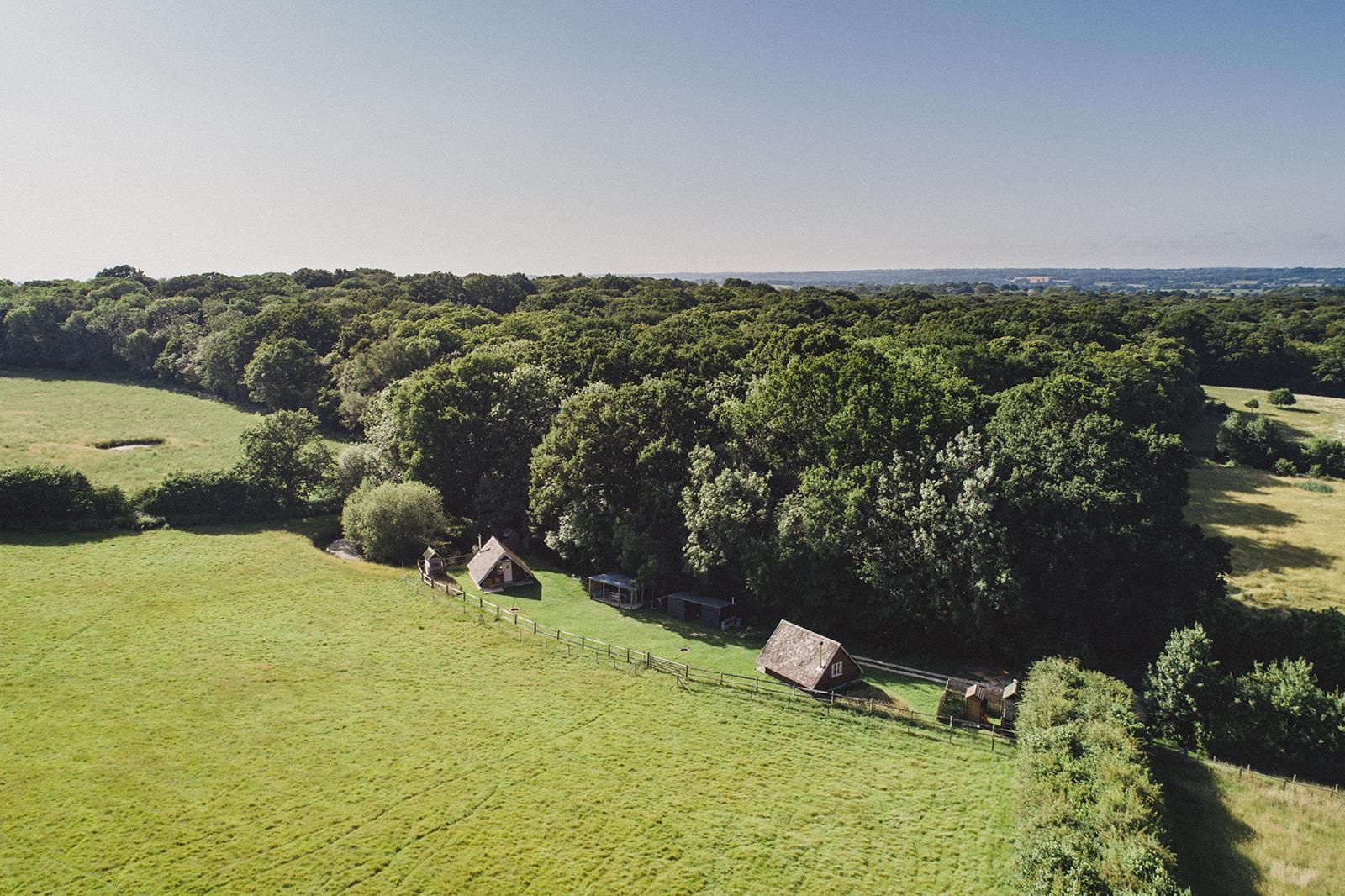The winter work continues on the farm and our focus this month has been on coppicing. It’s an important feature of the conservation work that we do on the farm but why do we do it and what does it mean?
‘Coppice’ actually means ‘wood often cut’ and is derived from the Greek ‘kolaphos’, or blow. Several local names are associated with it – Coppard for instance.
Traditionally woodland was a prized resource and therefore husbanded carefully. It was the primary source for energy and heat, for making charcoal, for tanning, for construction, for animal fodder. Of course, woodland also has been, and often still is, a source of human food – the sweet chestnut fruit is edible, hazel produces nuts, even acorns can be ground into a flour for bread, and in WW2 ground acorns were used as coffee substitute.
The art of coppicing has played a massively important role in the provision of plentiful and renewable timber, edibles and fodder. In Kent and Sussex, the Sweet Chestnut is the most coppiced species. It’s actually not a native species but was most likely introduced by the Romans who found the Wealden landscape too poor to clear for agriculture but perfect for timber production.
So sweet chestnut became the dominant coppice tree species, and for two millennia was managed in the same way. The tree was planted, grown for between 12 and 17 years, then cut at an angle close to the ground. In the following period, it would re-grow multiple stems, which would then also be cut, producing even more timber. You can see this still in a coppiced woodland where the stools, or stubs (these are the names for the base of the cut tree) can sometimes be six feet across, producing multiple stems once grown to the point of re-cutting. As a broad rule of thumb, one foot in the width of a stool equals about 100 years in age of the whole tree. So, a six-foot stool is likely to be 600 years old and will still be producing good timber.
Chestnut used to be known as Poor Man’s Oak and was used for construction by those who could not afford actual oak. Unusually it is a fast-growing hardwood, hence its value in building. It is also remarkably water tolerant once cut, peeled and converted into stakes, which then go to make fence posts.
All deciduous trees can be coppiced so there are examples of coppiced ash, oak, hornbeam, hazel, alder and so on. BUT – once coppicing has started it can’t be stopped. The root system on a multi-coppiced tree can’t support much more than 50 – 70 years of growth so they die. Sadly, too many coppiced woodlands have been left unmanaged.
But that’s not the case at Swallowtail Hill. We continue the process of coppicing on our eight acres of woodland which has been historically interplanted with oak at specific intervals to define ‘cants’. These cants divide the wood into sections to be cut in rotation across our 16-year cycle.
This is another traditional feature of coppiced woodland – the oak ‘markers’ grow fast, and tall and straight grained as they compete for light with the fast-growing chestnut. Every 80 years, the oaks would be cut for use as high value construction timber, and two more would be replanted.
Rotational coppicing – which is what we do – also means that woodland is always in varying stages of growth, allowing light to the woodland floor, thus encouraging flora and fauna, with an equally varying canopy. So coppicing is one of mankind’s best means of achieving a diverse woodland eco-system, particularly where there are multiple species of tree.
This year the area of our wood being coppiced is on our south-west boundary. The photographs show quite how severe the cutting is, but if you visit us in the spring you will already see the new growth. The area around Woodcutter’s Cottage was coppiced four years ago and the new growth there is already ten feet tall.
We're on Instagram.
Follow us for the latest updates, stories, reviews and much more.
Awards & Accreditations













